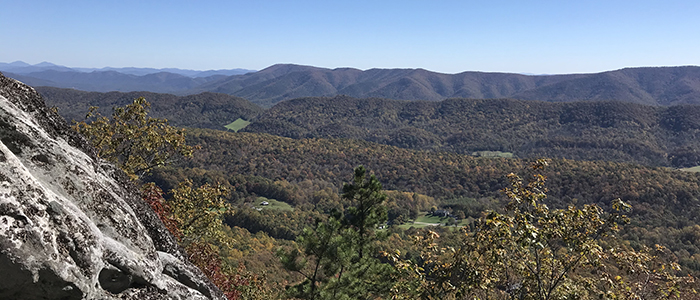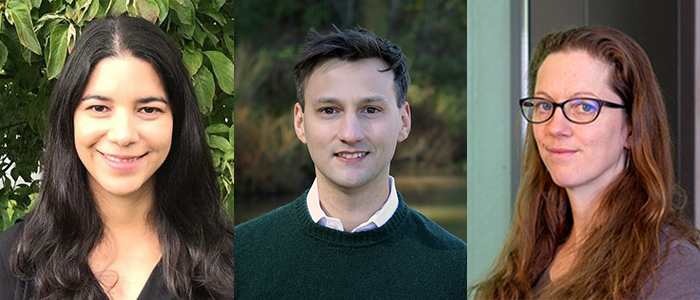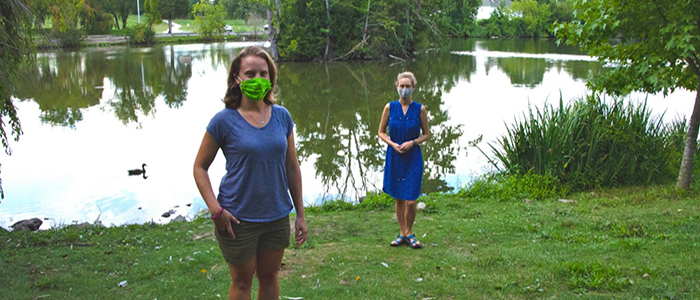[vc_row][vc_column][vc_column_text]
Science of Team Science
(formally known as Freshwaters in the Anthropocene)
Dr. Cayelan Carey is teaching a graduate-level course on “Science of Team Science” during the spring 2021 semester. The course analyzes literature from many disciplines – including business management, organizational psychology, philosophy, and ecology – to provide an overview of the emerging discipline of the Science of Team Science (SciTS), with a particular focus on SciTS applications for the environmental sciences.
The goal of this course is to help students gain practical skills about how best to work effectively with team members, develop their own leadership philosophy and collaborative plan, and assess team performance to produce high-impact research outcomes. The course will be centered on reading discussions, supplemented by weekly reflections and student presentations. I envision the course to be a low-stakes way to help students become more confident and effective as leaders in new scientific collaborations and strengthen existing ones.
[/vc_column_text][/vc_column][/vc_row][vc_row][vc_column][vc_column_text]
Example Syllabus from Spring 2020
BIOL 6064: Special Topics in Freshwater Ecology: Science of Team Science | T & R 9:30-10:45 am | CRN: 20507 | 3 credits
[/vc_column_text][/vc_column][/vc_row][vc_row][vc_column][vc_separator style=”double” border_width=”2″][/vc_column][/vc_row][vc_row][vc_column][vc_column_text]
Stable Isotope Biogeochemistry
Drs. Rachel Reid and Ben Gill are offering a joint graduate/undergraduate course Stable Isotope Biogeochemistry in spring 2021. The course will explore how stable isotopes can be used to address a variety of research questions in geology, paleobiology, ecology, and other environmental sciences. Lectures will focus on the systematics and applications of carbon, nitrogen, oxygen, hydrogen, and sulfur isotopes in modern and past marine and terrestrial systems. Through individual or small group research projects, students will learn to collect, prepare, analyze, and interpret stable isotope data.
[/vc_column_text][vc_column_text]Tentative Syllabus Outline
GEOS 4984/6604: Stable Isotope Biogeochemistry | MWF 9:05-9:55 am | CRN: 20866 | 3 credits
[/vc_column_text][/vc_column][/vc_row][vc_row][vc_column][vc_separator][/vc_column][/vc_row]











